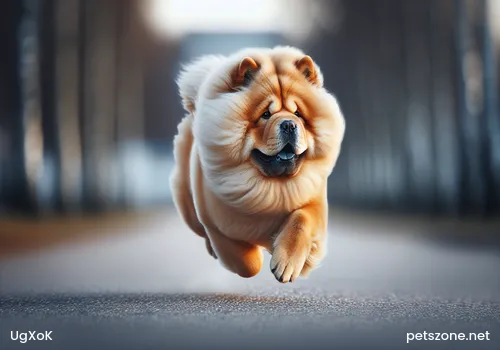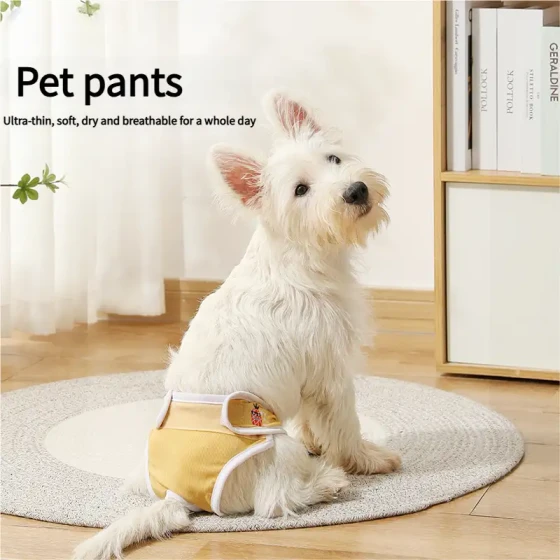Morphological Characteristics of the Great Dane

The ideal male Great Dane shoulder height should be about 28-30 inches, and the female shoulder height about 26-28 inches. The ideal male weight should be about 100-115 pounds, and female weight about 70 to 90 pounds. The standard for judging the dog’s weight and shoulder height should refer to these data; any above or below are disqualifications.
Morphological Characteristics
The dog’s body looks rectangular, but its height is slightly less than its length, with a perfect balance between bones and body. The Great Dane’s bones are very hard and sturdy but not clumsy. Defects: weak bones, insufficient bone mass.
Head
The Great Dane is very beautiful, and the most critical part is the head. Half of the shoulder height minus a little is the head’s length (between the nose leather and occiput), and half of the head length is the head’s width.
Eyes: The Great Dane’s eyes resemble almonds; the distance between the eyes is slightly wide and slanted; the eyes are positioned above the muzzle; it has very tight eyelids with no visible third eyelid; the eye color is dark brown, the darker the eyes, the more standard it is.
Ears: The Great Dane has a pair of V-shaped ears with somewhat rounded tips; the ears are set relatively far back, located between the eyes and the top of the head. If the ear tips are pulled forward, they can completely cover the eyes. Viewed from the front, the widest part of the ears is level with the eyes. The inside edge of the ears is close to the cheeks, while the outside edge has some distance from the head, looking very much like a “V.” When relaxed, the ears' position is normal, not turned backward, and lower than the head.
Skull: The Great Dane has a very long skull but does not look pointed; it has a very clear and visible stop, with contours that are not hard-looking. The forehead is elevated, gradually above the muzzle. The midline (vertical) on the forehead is very obvious and clear, narrowing from the muzzle toward the forehead. The cheeks are very smooth, with rounded brow ridges. The skin texture feels very tight.
Muzzle: The muzzle length is very proportionate to the head, with a very straight upper outline but not pointed. It has a very developed lower jaw, and the standard mouth interior color is black.
Nose leather: The Great Dane has a large black nose with open nostrils.
Lips: The lips completely cover the teeth and are black. The lower lip is tightly covered by the upper lip, and the upper lip does not excessively sag. It has very tight lower lips with no sagging.
Bite: The teeth are very complete with no missing teeth, and the bite is a pincer bite; the standard is scissor bite. Disqualification: overbite or underbite.
Neck
The Great Dane has very developed musculature, with no bloating or excess fat. The neck length is medium and has a rounded arch on top.
Tail
The Great Dane’s tail hangs down, naturally extending to the hock. The tail hangs still behind the body, with the tip slightly raised in a relaxed state. When the tail is raised high to the waist and the tip slightly curled, it indicates excitement. The most standard state is that the tail posture shows no obvious difference whether resting or excited.
Forequarters
The Great Dane has highly developed shoulder muscles; the shoulder is relatively long. Dorsal line: The back has no prominent withers. The upper arm and scapula form a right angle with equal length. The elbow does not bend inward or turn outward. The legs have medium bone mass, are not only very straight but also highly muscular. The leg structure is very compact. The forelimbs have dewclaws, which must not be removed.
Paws: The Great Dane has well-developed black footpads that are very elastic; the paws are cat-like, round, and very compact. Hair grows between the toes, but the standard Great Dane has little hair; the standard nail color is dark.
Back: The Great Dane has a very broad back, of medium length, very hard, sturdy, and straight. Its loin is very muscular, short but very tight. The rump is also very muscular but slightly sloping. The front chest contour is very distinct. Viewed from the side, the chest is positioned slightly forward compared to the shoulders, somewhat protruding. It has a very deep chest with well-expanded ribs, deep enough to reach the elbow. The chest bottom is very deep and parallel to the ground.
Hindquarters
The Great Dane has moderately long hip joints, with the upper thigh wide and long, possessing very developed, solid muscles. It has very long femur bones, and the stifle joints have a suitable angle; the lower thigh is long with developed muscles but somewhat dry. The metatarsus is very powerful, short but wide. If the hind legs have dewclaws, unlike the forelegs, they must be removed. The paw structure is similar to the forelimbs, but the hind paw is larger.
Coat
The Great Dane has a double coat composed of an outer coat and a very soft undercoat. Hair is moderately coarse and hard. The coat types vary widely—from the standard wavy coat to a straight coat. Hair distribution is according to body parts, with the hair type not closely related to distribution. The Great Dane has very short but very smooth hair on the head, ears, muzzle, and paws; the mane on the neck extends to cover the chest. On the front of the forelimbs and above the elbows, as well as the lower part of the hind thighs, there is very short but smooth hair. From behind the forelimb down to the pastern area, there are feathered decorations 2 to 3 inches long. Medium-length hair covers the sides of the body and the entire thigh. The thighs and entire tail have 4 to 6 inches of coat. Under normal conditions, the Great Dane sheds most of its long hair in hot seasons and regrows a thick, dense coat in cold seasons.
Color
The Great Dane is white with well-pigmented skin; the best skin colors are dark blue-gray or black.
Gait
The Great Dane’s gait is very relaxed, free, and stretchable with excellent elasticity. The paws land very close, with the hind legs visible extending under the body. Its footprint distribution: hind prints overlap or touch the forefoot prints. Viewed from the front, the forelimbs are not parallel, with close paw placement. Viewed from behind, the hind legs' foot placement is close as well. When accelerating, the legs move more clearly toward the center line of the body until the footprints become a straight line. When not excited, the head height is not higher than the withers. If the gait is not standard, it is due to incorrect angles, a weak body, or disproportionate physique.



